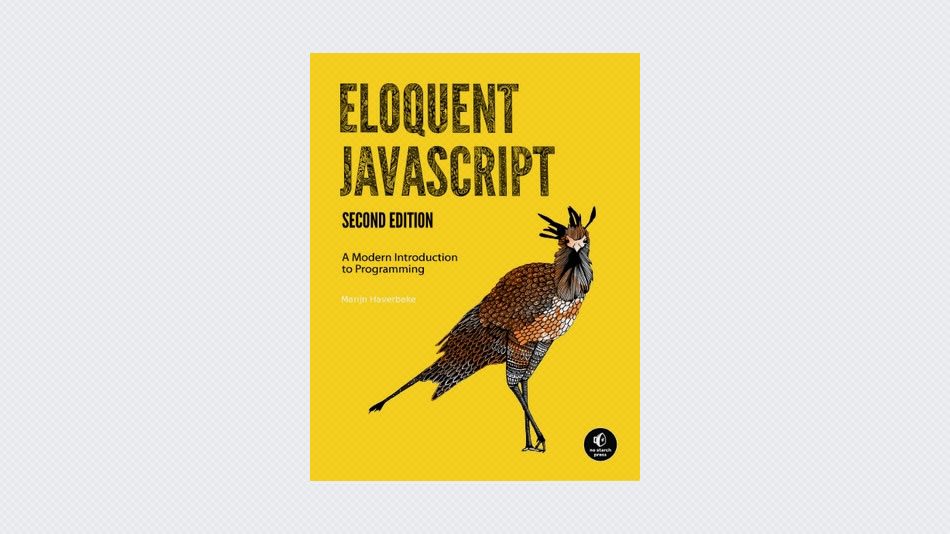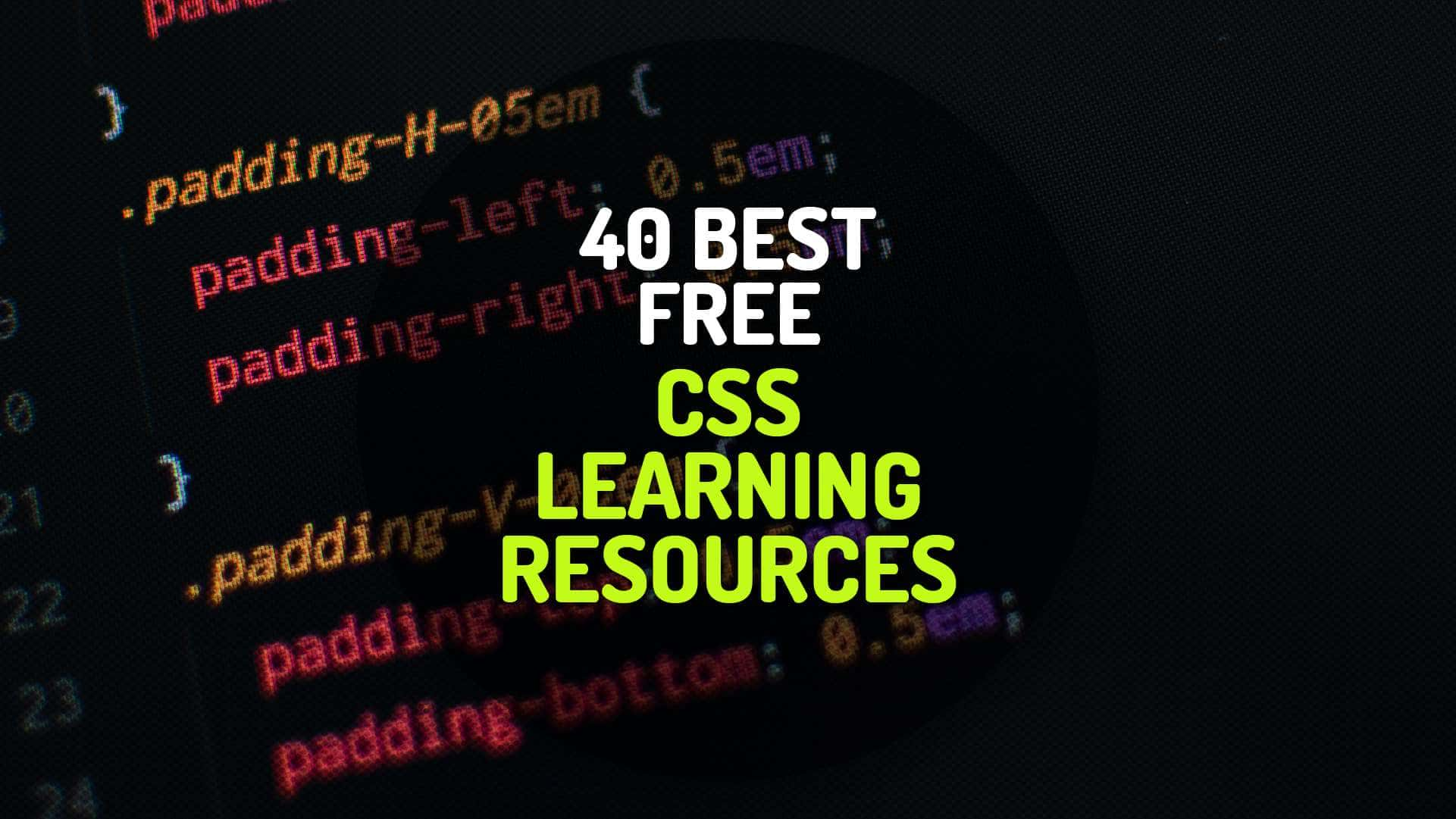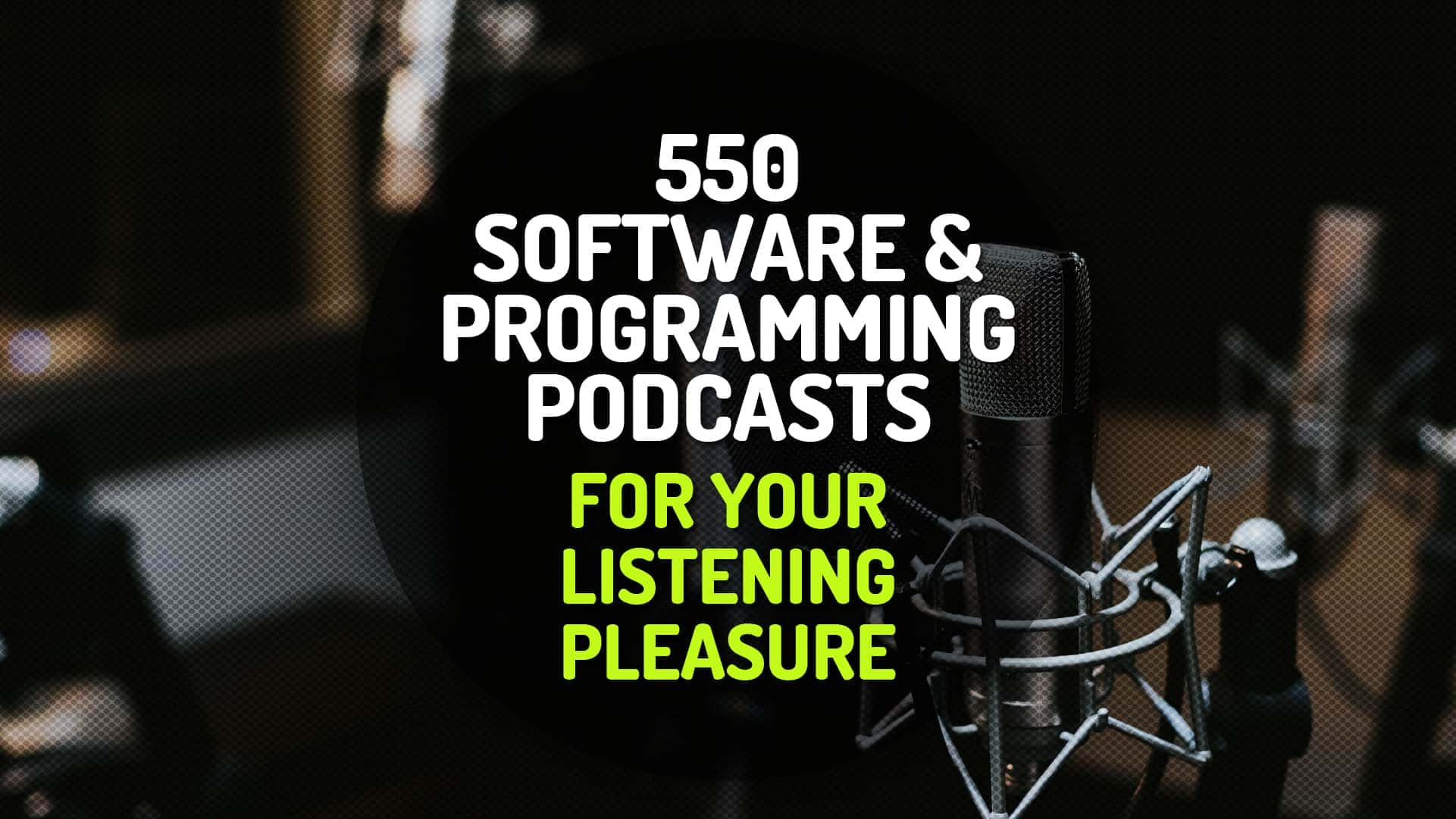This is a book about getting computers to do what you want them to do. Computers are about as common as screwdrivers today, but they contain a lot more hidden complexity and thus are harder to operate and understand. To many, they remain alien, slightly threatening things.
We’ve found two effective ways of bridging the communication gap between us, squishy biological organisms with a talent for social and spatial reasoning, and computers, unfeeling manipulators of meaningless data. The first is to appeal to our sense of the physical world and build interfaces that mimic that world and allow us to manipulate shapes on a screen with our fingers. This works very well for casual machine interaction.
But we have not yet found a good way to use the point-and-click approach to communicate things to the computer that the designer of the interface did not anticipate. For open-ended interfaces, such as instructing the computer to perform arbitrary tasks, we’ve had more luck with an approach that makes use of our talent for language: teaching the machine a language.
Human languages allow words and phrases to be combined in many ways, which allows us to say many different things. Computer languages, though typically less grammatically flexible, follow a similar principle.
Casual computing has become much more widespread in the past 20 years, and language-based interfaces, which once were the default way in which people interacted with computers, have largely been replaced with graphical interfaces. But they are still there, if you know where to look. One such language, JavaScript, is built into almost every web browser and is thus available on just about every consumer device.
This book intends to make you familiar enough with this language to be able to make a computer do what you want.





